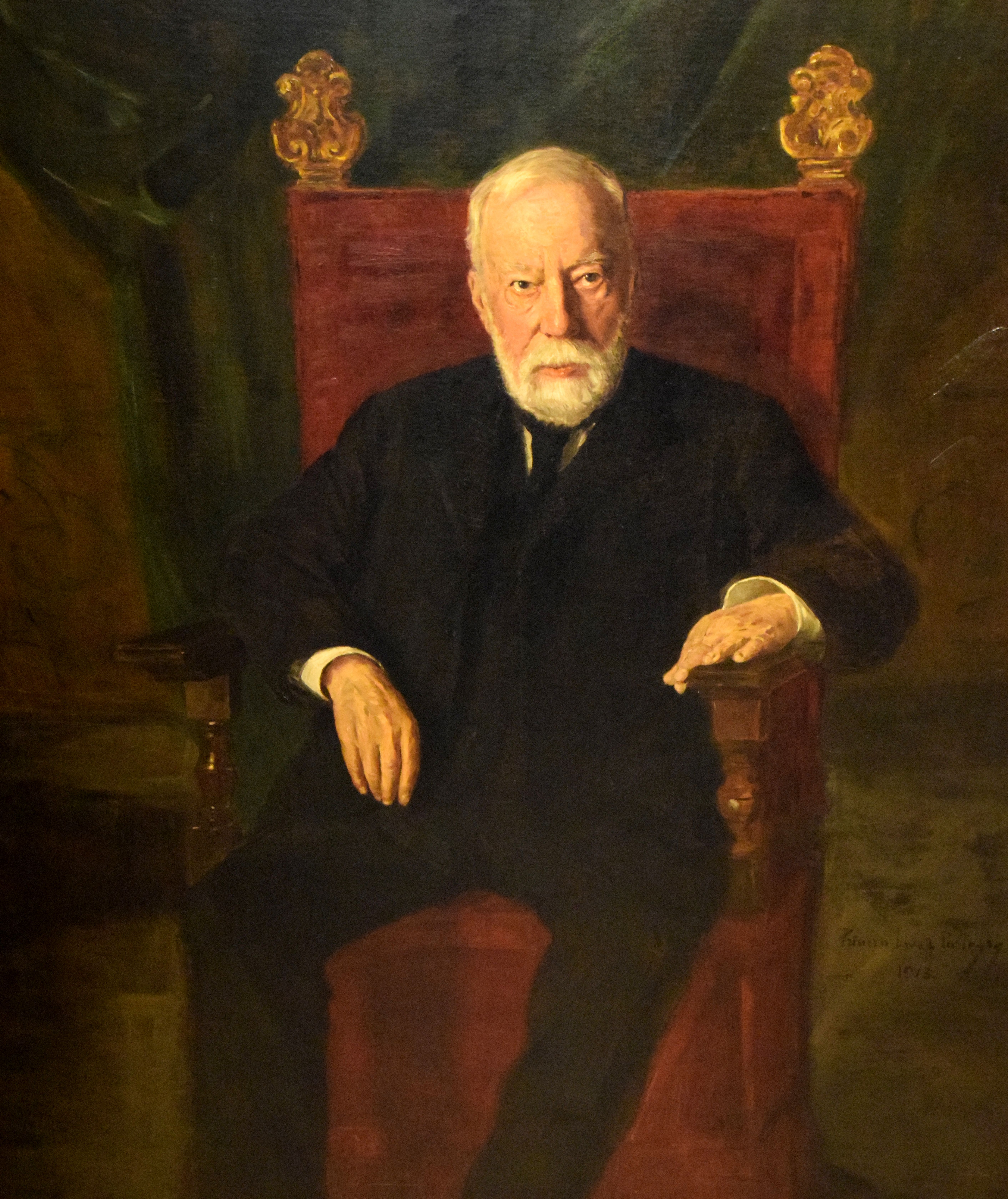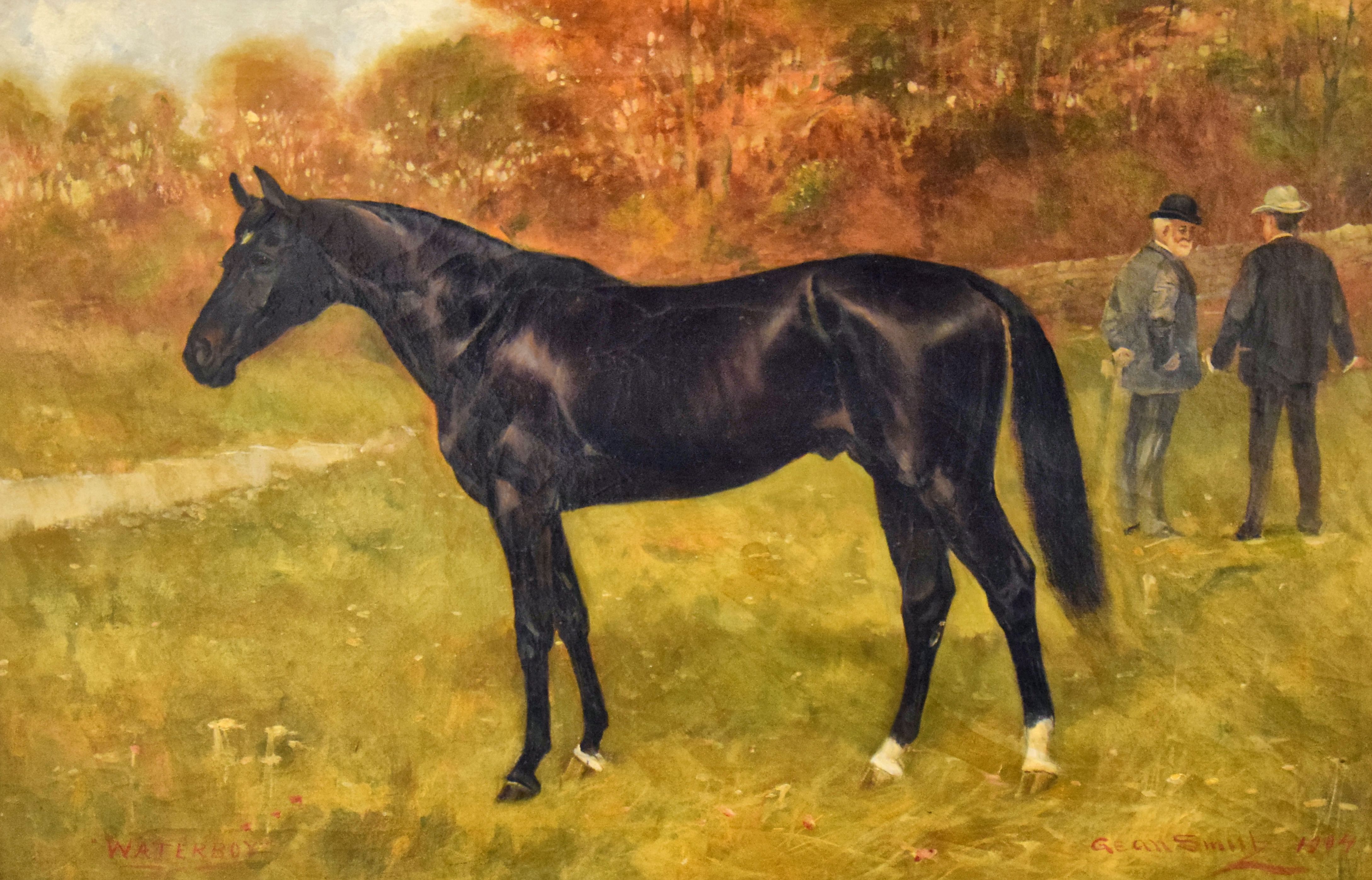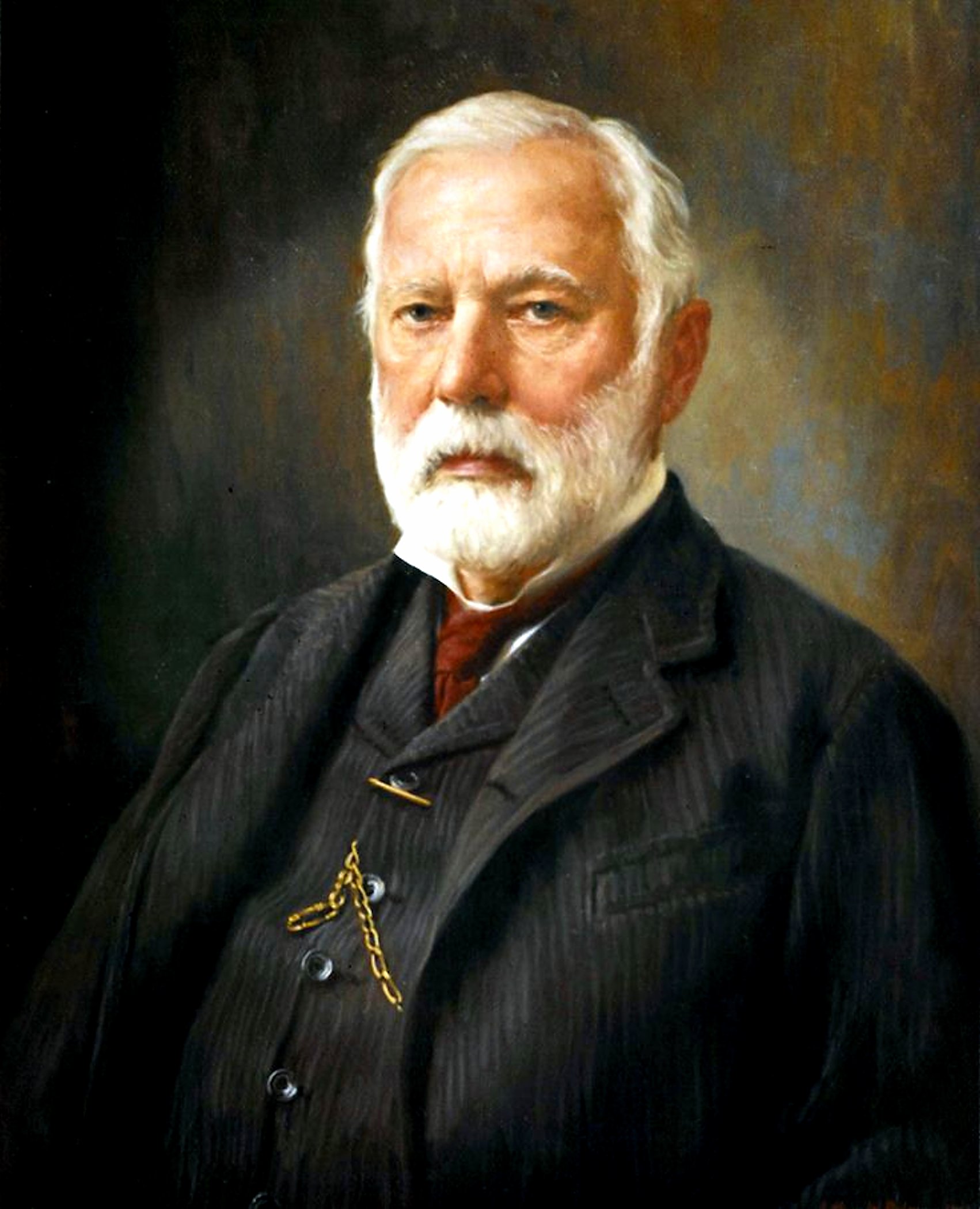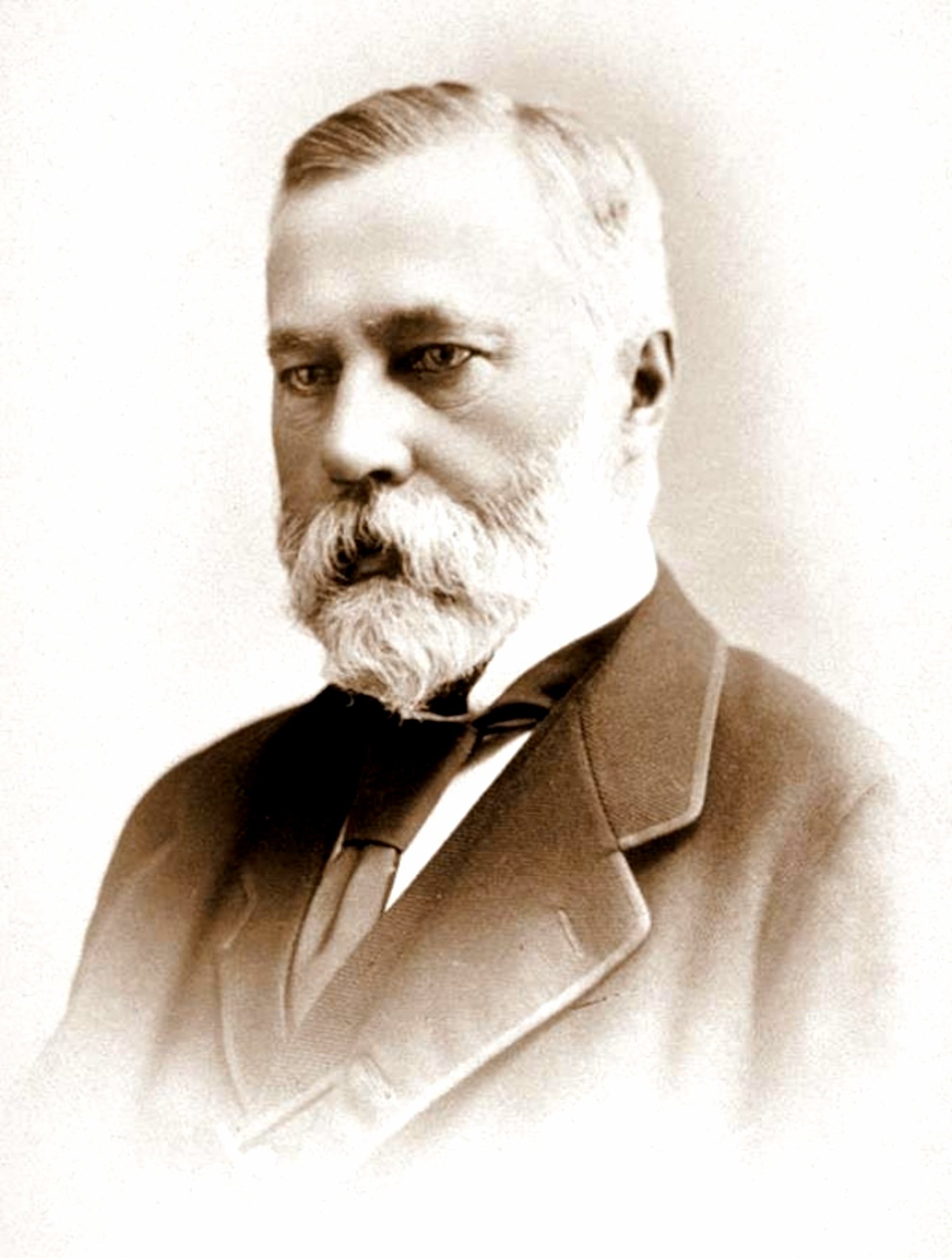James Ben Ali Haggin
A 1946 article in The Thoroughbred of California described James Ben Ali Haggin as being “far and away the most successful as well as the most colorful breeder and racing man of his day.” It was a bold statement considering the turf luminaries of Haggin’s era included the likes of Elias “Lucky” Baldwin, August Belmont II, James R. Keene, and William C. Whitney. A deep dive into Haggin’s career in thoroughbred racing and his lasting imprint on the game as both a breeder and owner make the assessment a difficult one to dispute.
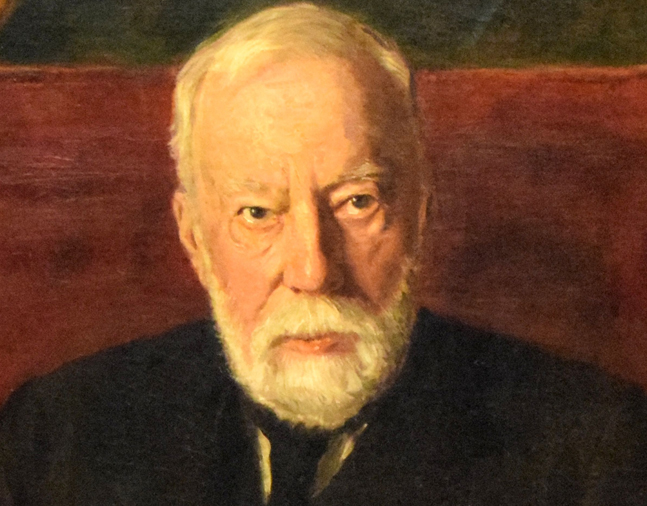
2022
Dec. 9, 1822, Harrodsburg, Kentucky
Sept. 12, 1914, Newport, Rhode Island
Biography
A 1946 article in The Thoroughbred of California described James Ben Ali Haggin as being “far and away the most successful as well as the most colorful breeder and racing man of his day.” It was a bold statement considering the turf luminaries of Haggin’s era included the likes of Elias “Lucky” Baldwin, August Belmont II, James R. Keene, and William C. Whitney. A deep dive into Haggin’s career in thoroughbred racing and his lasting imprint on the game as both a breeder and owner make the assessment a difficult one to dispute.
A transcendent individual as both a breeder and owner of racehorses from the early 1880s into the early 20th century, Haggin was born in 1822 in Harrodsburg, Kentucky. He was a grandson of Ibrahim Ben Ali, a Turkish army officer who came to America and practiced medicine in Baltimore. His daughter, Adeline, married Terrah Haggin of Harrodsburg, and James was one of their eight children.
After graduating from Centre College in Kentucky, Haggin briefly practiced law before heading west during the Gold Rush. In California, he partnered with Lloyd Tevis in what became the most prominent land and corporation law firm in the state. A bold speculator, Haggin and Tevis went on to partner with Sen. George Hearst in lucrative mining ventures. The mining partnership developed into the largest of its kind in the world and included operations in California, Nevada, Montana, Utah, and South Dakota. It was estimated that Haggin and his partners controlled 80 percent of the world’s copper supply at one time. On his own, Haggin invested in additional mining operations in Peru, where he built an 80-mile railroad at the cost of $2 million just to ship the ore.
In 1873, Haggin established a thoroughbred breeding center on Rancho del Paso near Sacramento. By the early 1880s, the ranch was known as the world’s largest thoroughbred nursery. Haggin made his racing debut on Nov. 11, 1882, with a horse named Premium, who carried his colors of “old gold jacket, light blue sleeves, light blue cap.” Premium finished second at the new Bay District track in San Francisco, but a week later he gave his owner his first victory at the same venue. Haggin was off and running.
Throughout the 1880s, Haggin was campaigning several prominent runners, including future Hall of Fame members Firenze and Salvator. Both horses surpassed $100,000 in career earnings, an extraordinary sum for the time. Firenze won 47 races and was in the money 77 times in 82 career starts. Salvator, meanwhile, won 16 of 19 career starts and is retrospectively regarded as the Horse of the Year for 1889 and 1890.
Haggin raced primarily on the West Coast until the mid-1880s, when he established a stable in New York and proved he could win significant stakes races on both coasts — and everywhere in between. In 1885, Haggin won the Belmont Stakes and Withers Stakes with Tyrant and the following year won the Kentucky Derby and St. Louis Derby with Ben Ali (named for his son).
Haggin significantly reduced his racing stable in the 1890s to focus on his breeding interests. From Australia, he imported Sir Modred, who became the leading sire in America in 1894. Haggin also imported notable sires Goldfinch, Star Ruby, St. Gatien, and Watercress, all from England. Records from 1892 state 117 horses bred by Haggin were winners of an astonishing 500 races that year.
In 1897, Haggin returned to Kentucky to concentrate the bulk of his breeding operation near Lexington with the acquisition of Elmendorf Farm from Con J. Enright, who had bred Hall of Fame member Hamburg there. During the next 10 years, Haggin expanded the property significantly with purchases of surrounding parcels of land and at one point owned more than 8,700 acres in Central Kentucky. He purchased hundreds of top-quality broodmares, including future Hall of Famer Miss Woodford, to complement his stallion roster.
Haggin’s breeding exploits impacted the sport at the highest levels. He bred six horses that won races in what would later become known as the Triple Crown series: Preakness Stakes winners Old England (1902), Cairngorm (1905), and Rhine Maiden (1915); Belmont Stakes winners Comanche (1890) and champion Africander (1903); and Kentucky Derby winner Stone Street (1908). Other standout horses bred by Haggin included Montana (winner of the Suburban Handicap), Sir Walter (winner of 36 races with earnings of $124,695), Tournament (winner of the Jerome Handicap), Tradition (winner of the Alabama Stakes), and champion Waterboy (campaigned by Haggin, winner of the Saratoga Handicap).
In 1903, it was reported that Haggin had 562 broodmares and more than 1,000 total horses at Elmendorf. That was in addition to his California stock at Rancho del Paso. Although his personal racing stable was smaller than during its heyday, that year Haggin won the Travers Stakes at Saratoga with his homebred filly Ada Nay. Haggin had previously bred 1890 Travers winner Sir John. The New York Times said Haggin “owned three times as many thoroughbreds as any man in the world. In 1904, when about 7,000 broodmares were registered with The Jockey Club, which owns the official stud book, the registrations showed that 1,500 of the 7,000 were owned by James B. Haggin. At that time he owned in addition some 60 stallions, 500 yearlings, and 500 other horses in training at various tracks. He maintained four private racing stables, while his colors flew over every track.”
Haggin regularly sold 200 or more yearlings annually, but his passion for racing began to wane early in the 1900s because of anti-racing elements that were affecting the sport in New York. In 1905, he pared down his expansive holdings when he sold 20 stallions and more than 500 mares, yearlings, and 2-year-old fillies at Rancho del Paso. In the next few years, Haggin sold 33 more stallions and 483 mares from Elmendorf to interests throughout the world, including buyers from Argentina, Australia, and Germany.
Haggin died in 1914 at the age of 91 in Newport, Rhode Island. His estate was estimated to be worth more than $50 million.
“All that he did was done on a large scale, his ranches and stock farms were the largest, his horses among the fastest, his homes palaces,” the Times said. “He was liberal and popular. His death may be said to close a noteworthy and most interesting chapter in American history. Take him all and all, he was an eminent American, one in whom his fellow citizens could take honest pride.”
Achievements
Triple Crown Highlights
Won the 1885 Belmont Stakes — Tyrant
Won the 1886 Kentucky Derby — Ben Ali
Notable
— Bred Preakness Stakes winners Old England (1902), Cairngorm (1905), and Rhine Maiden (1915)
— Bred Belmont Stakes winners Comanche (1893) and Africander (1903)
— Bred Kentucky Derby winner Stone Street (1908)
— Campaigned Hall of Fame members Firenzi and Salvator
— Won the 1903 Travers Stakes (Ada Nay)
Media
